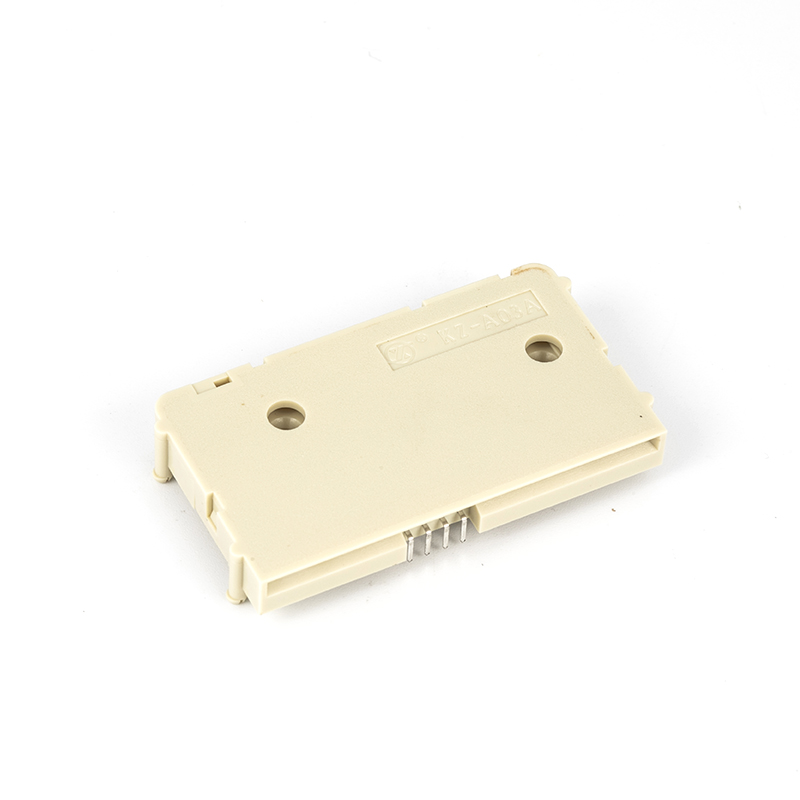Whether micro SIM card or nano SIM card, Apple has made a great contribution to its realization. Apple chose to put the SIM slot on the side of the fuselage, using the Cato. Many manufacturers do this, such as HTC, Nokia and so on. These mobile phone manufacturers have high requirements for the fuselage planning process, and they are all integrated fuselage planning, which also determines that they can only put the SIM card aside.
At present, as consumers, we encourage and support the connection method to innovate more and better ways to place the SIM card, so as to make the SIM card more beautiful and better used. SIM card manufacturers should pay more attention to the changes of shopping malls, master the mainstream technology of product n, seize the business opportunities and rely on it. Use the Internet to sell products and keep pace with the times.
With the continuous development of the surrounding electronic products industry, the specifications and sizes of SIM card holders are increasing. Therefore, in order to meet the main demand of the electronic adjacent market, Lianxin's technology connection market continues to grow to recycle various SIM cards: SIM card clip drawer, SIM card clip drawer, self elastic SIM card clip, Microsim card clip, flip type Microsim card clip, self elastic nanomm card clip, flip type nanomm card clip, two thirds SIM card clip / one, SD card clip, TF card clip, etc. The quality of SIM card holders in our company is also very strict. Every process of double-layer smart card connector should be strictly controlled. The company's integrity, strength and product quality has been recognized by the industry.
In recent years, the mobile phone card slot has gone through the process from standard (second generation SIM card) to micro SIM card and then to nano SIM card. At present, we rarely see that smart phones are still using standard SIM cards, which can only be invented on mobile phones for the elderly. In 2010, almost all mobile phones were using standard SIM cards, whether the 8-pin SIM card connector was a smart phone or a mobile phone or a cave thief. However, with the rapid development of smart phones and the continuous improvement of production technology, the selection and installation requirements of SIM card holders are gradually changing.
In 2010, when Apple announced the iPad generation and iPhone 4, Apple also launched a new micro SIM card. With Apple's strong command in the industry, micro SIM card quickly occupied the smartphone, while the standard SIM card was ignored by more and more mobile phone manufacturers due to its slightly large size. At the 2012 launch of the iPhone 5, a new nano SIM card was applied to the iPhone 5. As before, many manufacturers followed this practice, such as HTC, Nokia and Sony.
